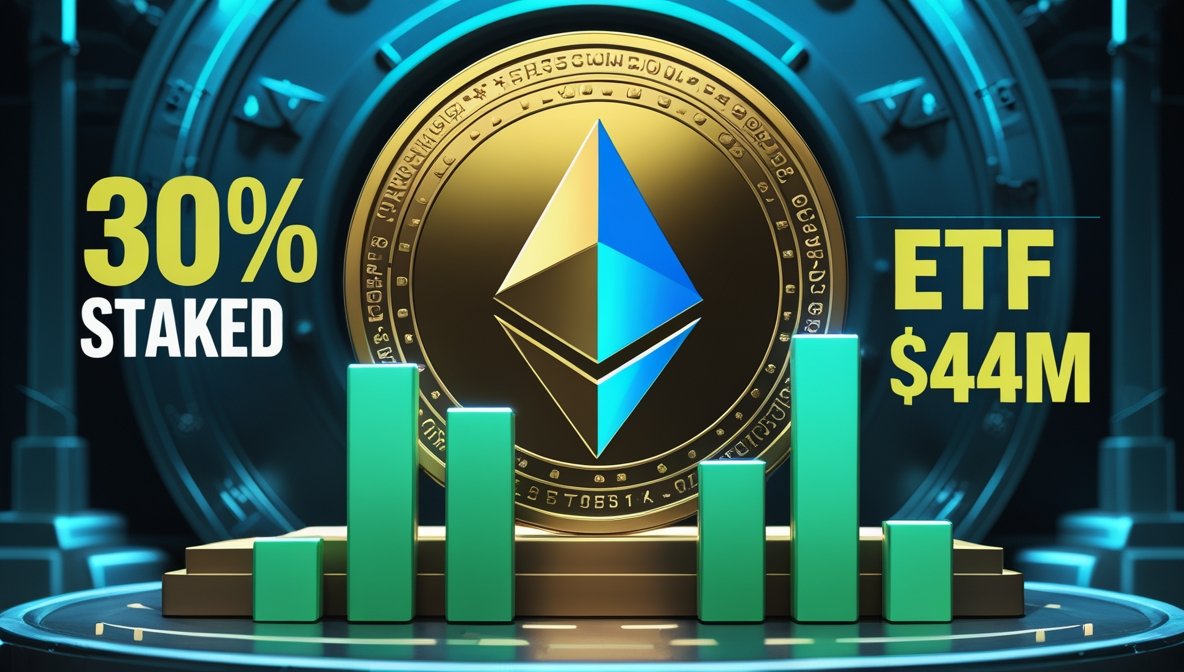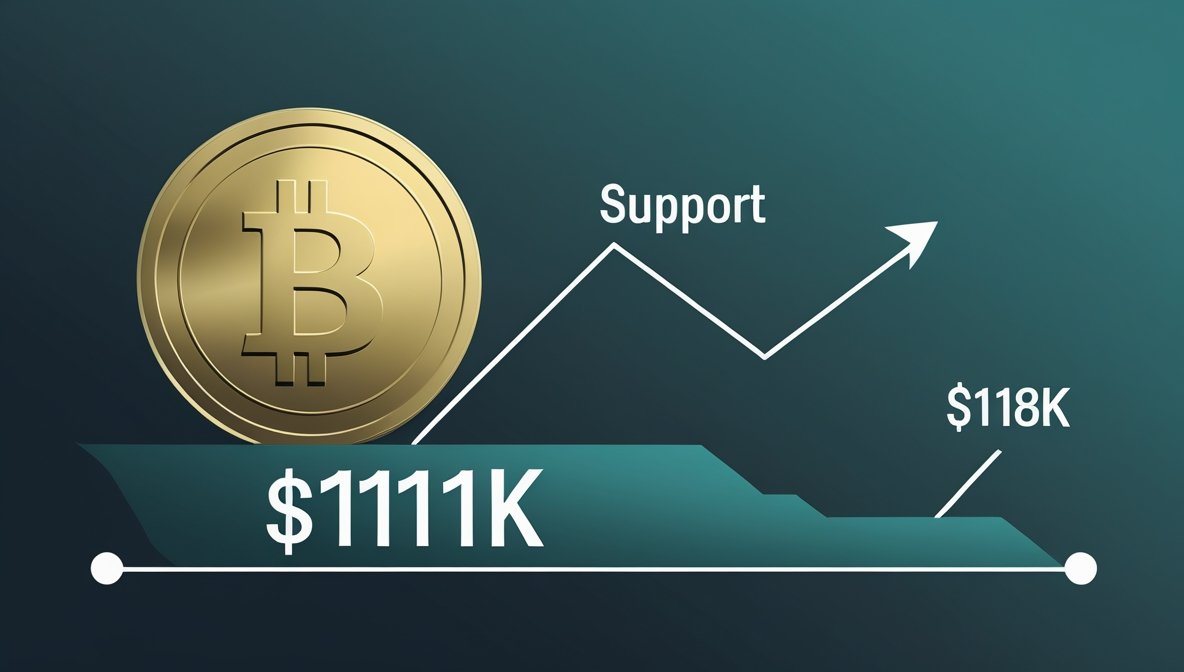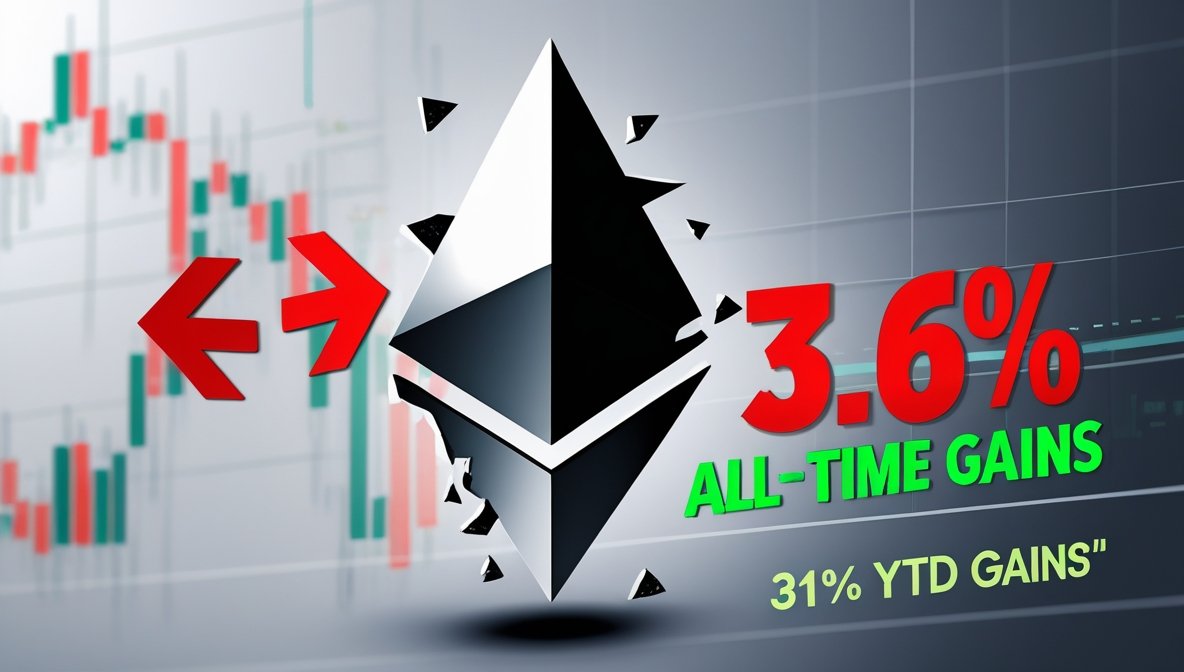U.S. spot Ethereum ETFs are ending August with nearly $4 billion in net inflows — their second-largest monthly gain since launch. This surge highlights growing institutional confidence in ETH products while Bitcoin ETFs face more turbulent flows.
Coinglass data shows that in late 2024, Ethereum ETFs experienced erratic activity even when ETH traded near $4,000. By February 2025, ETH slipped below $2,000, and ETF outflows increased, dampening sentiment across retail and institutional investors.
However, mid-2025 marked a sharp reversal. From May onward, inflows surged as institutions allocated heavily to Ethereum ETFs. ETH prices recovered in parallel, rising from below $2,000 to nearly $4,500 by August 29.
Bitcoin ETFs, meanwhile, have seen volatile sessions. SoSoValue reports daily inflows swinging between billion-dollar surges and steep withdrawals, yet total net assets remain above $140 billion. BlackRock’s IBIT leads with over $58 billion in cumulative inflows, while Grayscale’s GBTC continues to lose assets due to higher fees.
Farside data shows Ethereum ETFs attracted roughly $13.5 billion in August, though mid-month saw outflows exceeding $400 million. Bloomberg’s James Seyffart noted nearly $14 billion has flowed into Ethereum ETFs since inception, with over 90 crypto ETPs — including Solana, XRP, and HBAR — awaiting U.S. regulatory approval.
This momentum signals increasing institutional appetite for diversified crypto exposure, potentially setting the stage for broader altcoin ETF adoption.
You might also like: Ethereum Rally Deepens: 30% of Supply Staked, ETF Inflows Soar










